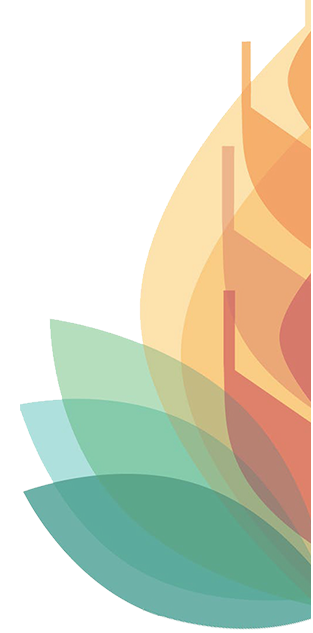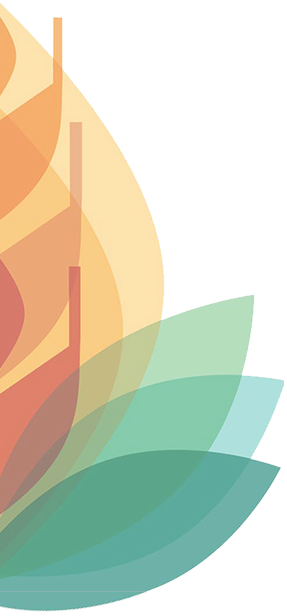

Boosting productivity and sustainability in cattle production in remote Vietnam
October 24, 2024
The Crawford Fund’s highly sought after Student Awards are one way we support and encourage the next generation of Australians into study, careers and volunteering in international agricultural research.
The awards are funded by our State and Territory Committees and made possible by organisations including ACIAR, international centres, Australian and overseas universities and NGOs who host our awardees.
We would like to share the experience of 2024 Student Awardee, Hong Viet Duong a PhD student from the University of New England, who travelled to Vietnam as part of his research into understanding free-range beef cattle grazing behaviour in remote mountainous regions of the country.

“My research aimed to understand the interaction between cattle and their surrounding grazing pasture and environment, with a particular focus on the effects of traditional grazing practices on local mixed (crop-livestock) farming systems,” explained Viet, whose research was focused in Quai Nua – Tuan Giao district, Dien Bien province, a Northern Mountainous region of Vietnam.
Livestock production plays an important role in ensuring the livelihoods of the ethnic minority communities in the Northern Mountainous Region of Vietnam, which is characterised by its rugged terrain, rich biodiversity and cultural heritage. Livestock production provides not only economic value but is also culturally significant, however a reduction of grazing land due to crop expansion and local development strategies is creating problems.

According to Viet, there is an urgent need to study and document grazing and livestock management behaviours to inform better practices that align with both the ecological needs of the region and the cultural practices of the communities. Therefore, understanding grazing practices and management behaviour of cattle in this region is essential for developing strategies that can mitigate these impacts and promote sustainable cattle management.
“The study introduced and employed advanced UNE_GNSS collar tracking technologies, visual observations and group farmer discussion to gather data, uncovering key patterns and challenges. These findings offer a pathway to developing more sustainable grazing practices that can improve livelihoods of ethnic minority communities in the region,” he said.
“Extensive additional fieldwork for UNE-GNSS database collection and a group farmer survey among villages in the Northern Mountainous region of Vietnam, was conducted to follow up on the activities of my PhD research project and a recently completed ACIAR project, LPS/2015/037, ‘Intensification of Beef Cattle Production in Upland Cropping Systems in Northwest Vietnam,’” he said.

“The primary focus was on learning local knowledge about monitoring the movement and grazing behaviour of free-range beef cattle and creating sketch maps of grazing areas based on local grazing practices. These maps will be used in the future to compare with the digital maps created from UNE-GNSS collars deployed on cattle during the fieldwork to gather the GNSS database. These collars provided accurate data on cattle movements, allowing for an in-depth analysis of grazing patterns across different seasons and terrains, which will contribute to the results of my future PhD research,” said Viet.
According to Viet, the four important takeaways from his work are:
- The extension of cropland for crops like rice, corn, and macadamia trees has reduced available grazing land, creating conflicts between crop production and cattle grazing. This is especially problematic during the rainy season, as grazing land becomes more limited.
- Four grazing practices were identified: intensive grazing, free grazing, semi-free grazing (with and without herders). Each practice varies in terms of cattle supervision and land use, highlighting the diversity in management strategies.
- Cattle face several risks, including mortality from falling off cliffs, exposure to toxic crop fertilisers, fines for damaging crops, and difficulty accessing veterinary care due to steep terrain. These challenges are compounded during free-range grazing.
- Farmers practicing free and semi-free grazing showed interest in GPS tracking devices to monitor cattle movement and reduce labour. However, financial limitations and lack of familiarity with such technologies are key challenges.

“I found that the farmers who are practicing semi-free grazing and free grazing are willing to learn more about the tracker devices for their cattle which can link with their smartphones so that they can save their time for other farm work or other jobs to develop their incomes,” he said.
Viet found that the majority of local farmers, about 90%, own a smartphone with internet connection just for media purposes. GPS tracking technology, if affordable and user-friendly, could be a solution to improve cattle management and reduce labour demands.
“Understanding local farmers’ attitudes and expectations regarding the challenges of cattle grazing and management will help researchers, technology developers, and rural development projects design solutions that are more aligned with the specific needs, preferences, and practices of the local communities,” he said.
“Furthermore, local extension staff and government officials can use this understanding to craft policies, regulations, and rural development strategies that are more effective,” he concluded.
Viet’s research was undertaken as part of ACIAR Project ID: AGB/2020/189, and in collaboration with the National Institute of Animal Sciences, Vietnam, and Thai Nguyen University of Agriculture and Forestry, Vietnam.




 0
0